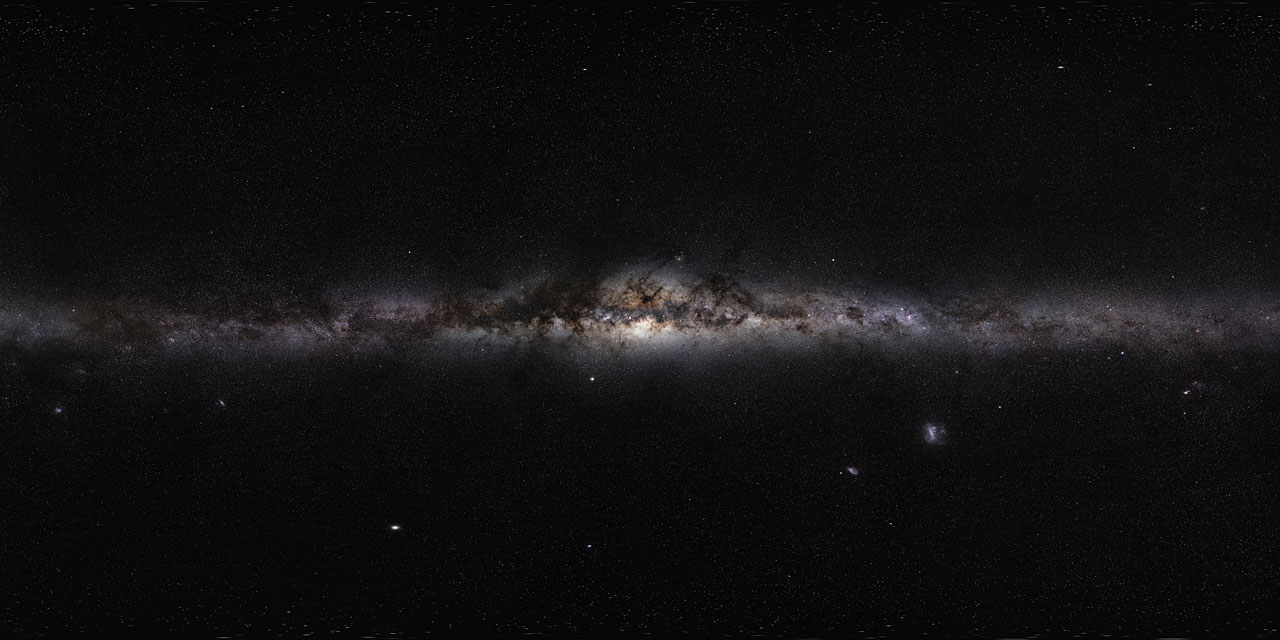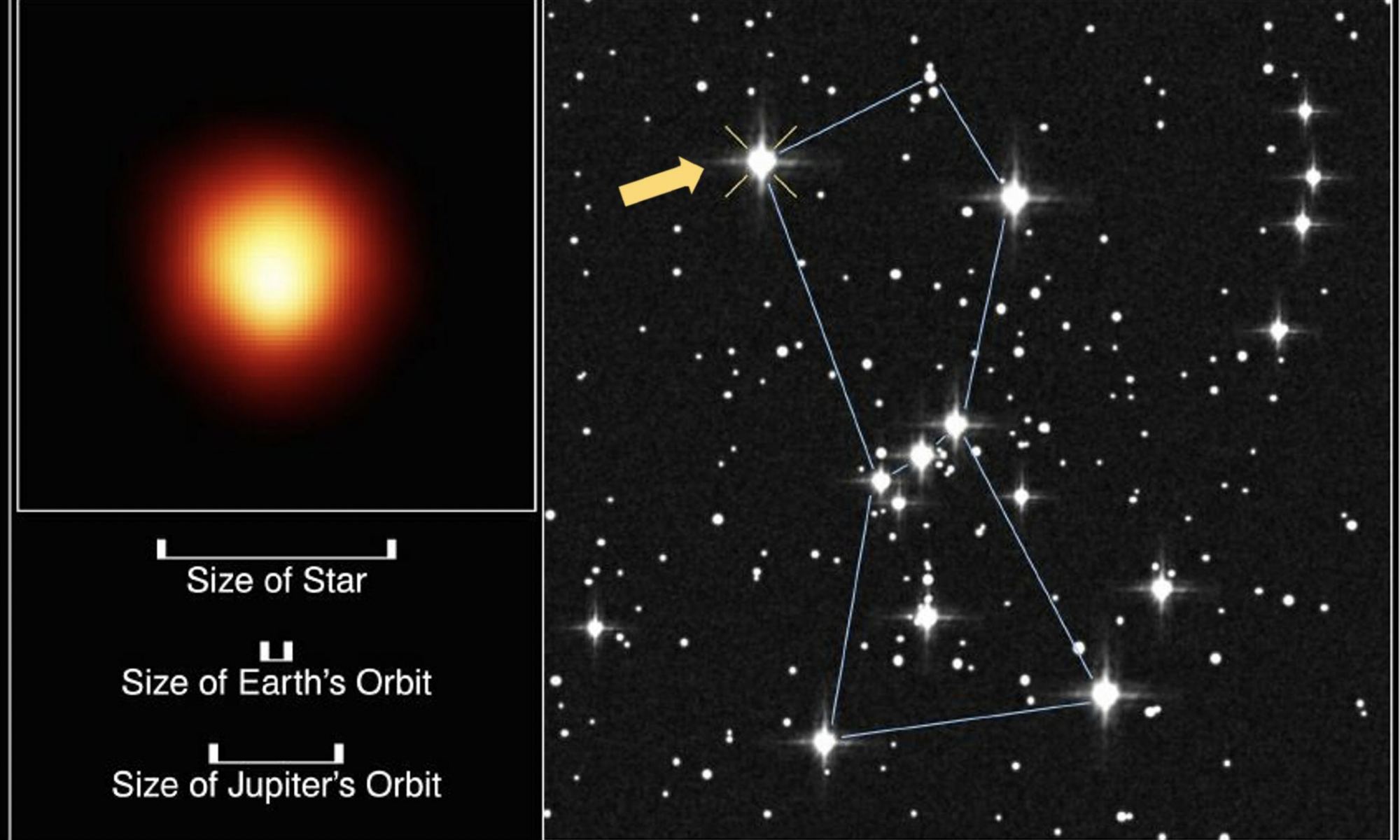Our view of the cosmos is always limited by the fact we are located within a galaxy filled with interstellar gas and dust. This is most dramatically seen in the central region of the Milky Way, which is filled with so much dust that it is sometimes referred to as the Zone of Avoidance. Within this zone, our observations of extragalactic objects are limited, but that is starting to change.
Continue reading “The Universe Can't Hide Behind the Zone of Avoidance Any Longer”ALMA Takes Next-Level Images of a Protoplanetary Disk
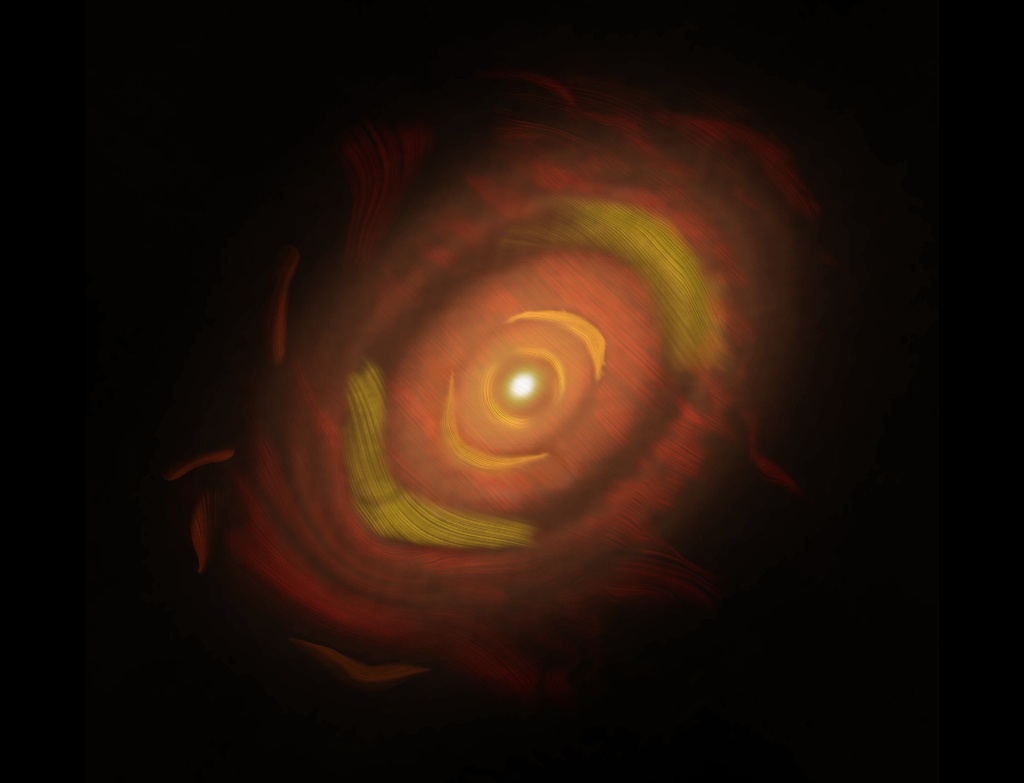
The ESO’s Atacama Large Millimeter/submillimeter Array (ALMA) is perched high in the Chilean Andes. ALMA is made of 66 high-precision antennae that all work together to observe light just between radio and infrared. Its specialty is cold objects, and in recent years, it has taken some stunning and scientifically illuminating images of protoplanetary disks and the planets forming in them.
But its newest image supersedes them all.
Continue reading “ALMA Takes Next-Level Images of a Protoplanetary Disk”We’re Entering a New Age When Spacecraft Communicate With Lasers

In October 2023, NASA launched its long-awaited on-again, off-again Psyche mission. The spacecraft is on its way to study the metal-rich asteroid 16-Psyche, an M-type asteroid that could be the remnant core of a planetesimal that suffered a collision long ago. But understanding the giant, metal-rich asteroid isn’t the Psyche mission’s only goal.
It’s also testing a new laser communication technology.
Continue reading “We’re Entering a New Age When Spacecraft Communicate With Lasers”Martian Green Nightglow Seen for the First Time
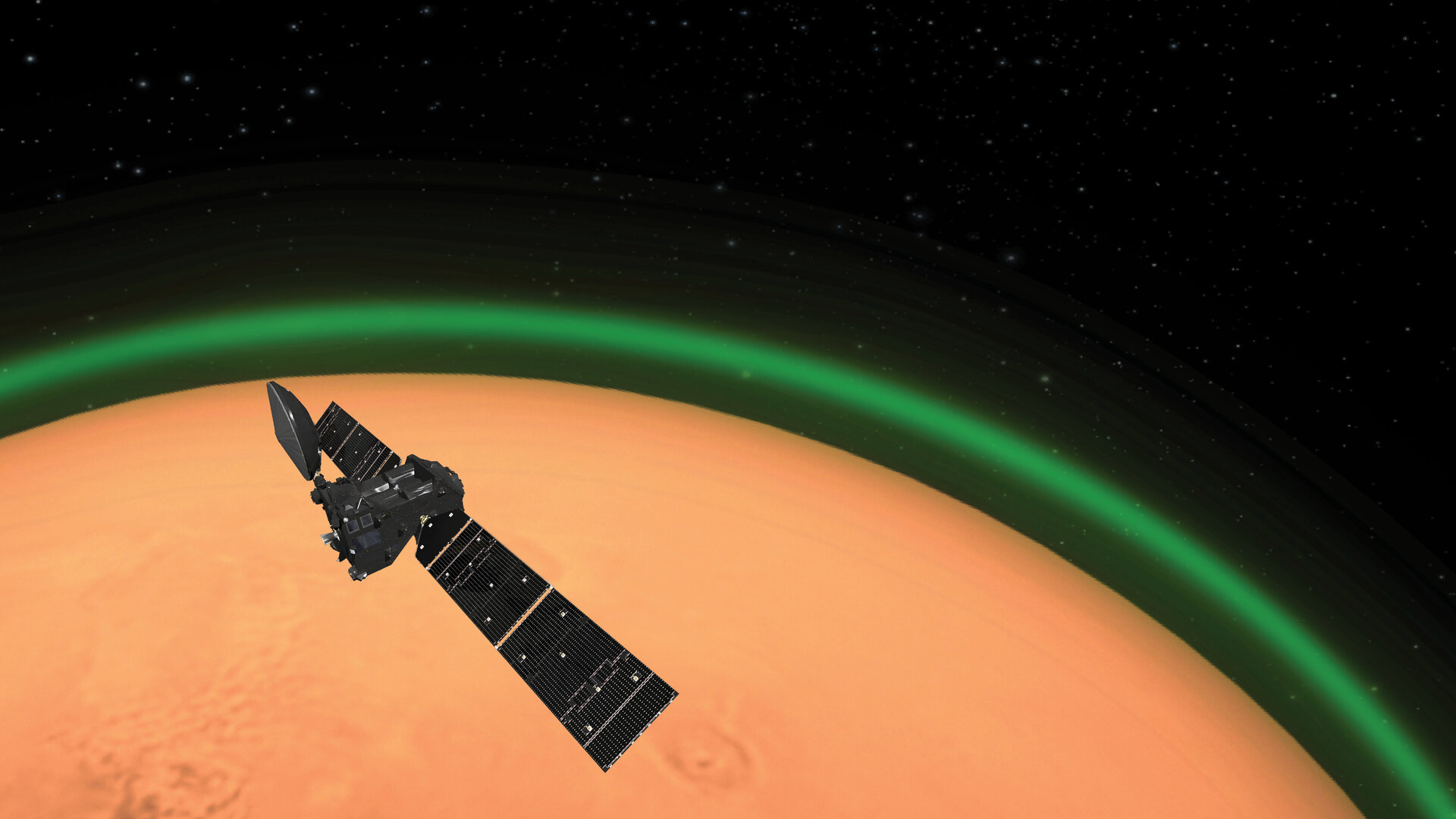
On Earth, there is a phenomenon known as nightglow, where the atmosphere experiences faint light emissions that prevent the night sky from becoming completely dark. This is caused by various processes in the upper atmosphere, like the recombination of atoms, cosmic rays striking the atmosphere, or oxygen and nitrogen interacting with hydroxyl a few hundred kilometers from the surface. Thanks to data obtained by the ESA’s ExoMars Trace Gas Orbiter (TGO), the same phenomenon has been observed in the Martian atmosphere for the first time.
While scientists have long suspected that Mars also experiences this atmospheric phenomenon, this is the first time that effectively proves it. The revelation was made by an international team of scientists based on their analysis of data from the TGO’s Nadir and Occultation for MArs Discovery (NOMAD) spectrometer. When astronauts and rovers explore Mars’ polar regions in the near future, they will see a green glow whenever they look up at the sky and could even use the glow to navigate and find their way in the dark of night.
Continue reading “Martian Green Nightglow Seen for the First Time”Can a Dead Star Keep Exploding?
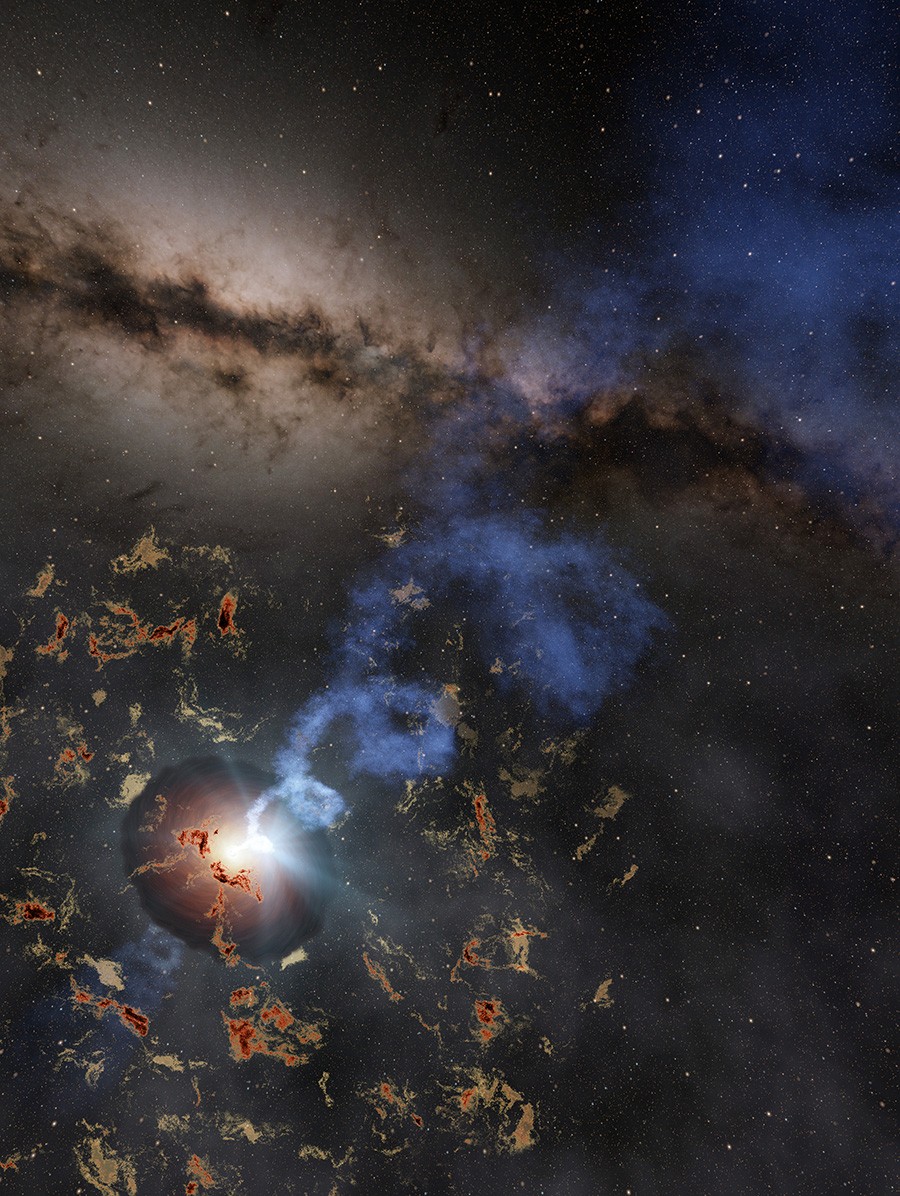
In September 2022, an automated sky survey detected what seemed to be a supernova explosion about one billion light-years away. The Zwicky Transient Facility (ZTF) spotted it and gave it the name AT2022tsd. But something was different about this supernova. Supernovae explode and shine brightly for months, while AT2022tsd exploded brightly and then faded within days.
Continue reading “Can a Dead Star Keep Exploding?”Hubble Succeeds Where TESS Couldn’t: It Measured the Nearest Transiting Earth-Sized Planet
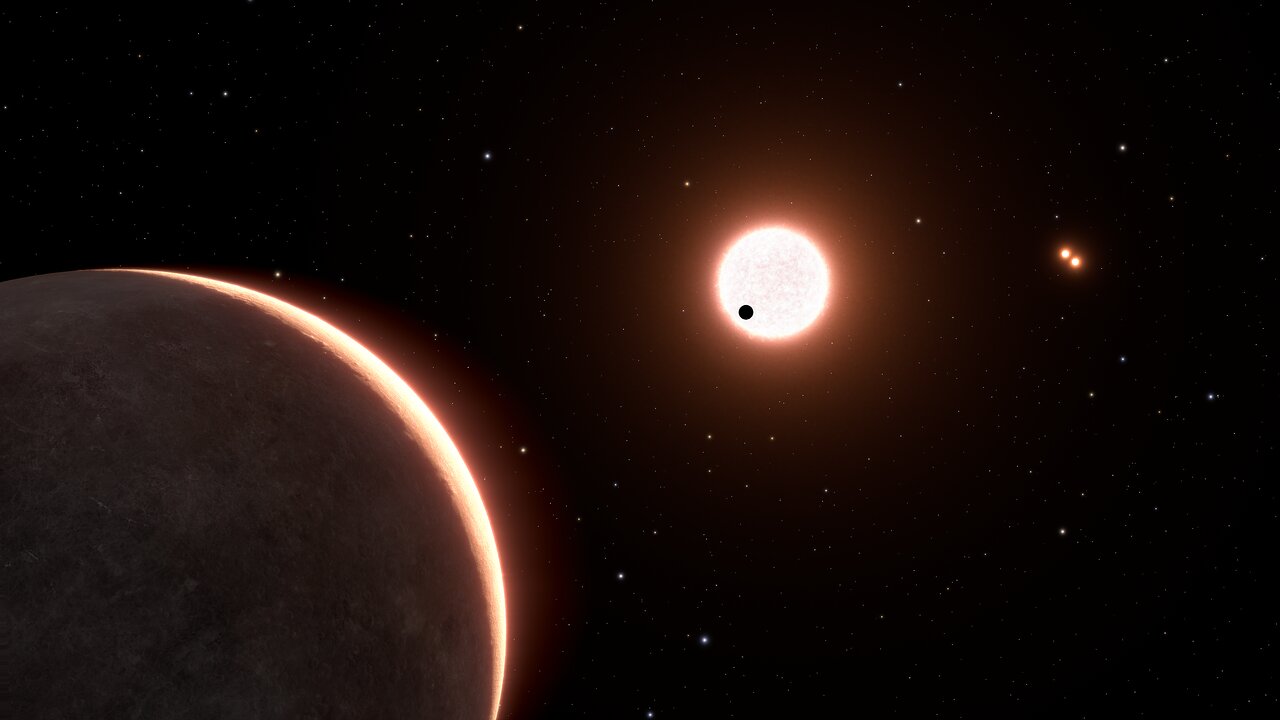
Twenty-two light-years away, a rocky world orbits a red dwarf. It’s called LTT 1445Ac, and NASA’s Transiting Exoplanet Survey Satellite (TESS) found it in 2022. However, TESS was unable to gauge the small planet’s size.
That’s okay. The venerable Hubble took care of it.
Continue reading “Hubble Succeeds Where TESS Couldn’t: It Measured the Nearest Transiting Earth-Sized Planet”An Asteroid Will Occult Betelgeuse on December 12th
I cannot for the life of me remember when it was or what it was but a fair few years ago I remember positioning a telescope to observe an asteroid as it silently and perhaps slightly eerily drifted between us and the Moon. I say eerily as this asteroid had the ability to cause widespread damage had it hit but of course we knew it posed no threat. I remember at the time thinking it was mind blowing that even today, we still use mathematics with roots (pardon the pun) centuries old to calculate the position of objects in our Solar System. We get to see evidence of this again on 12th December when something rare happens!
Continue reading “An Asteroid Will Occult Betelgeuse on December 12th”Take a Plunge Into the Ice Giants
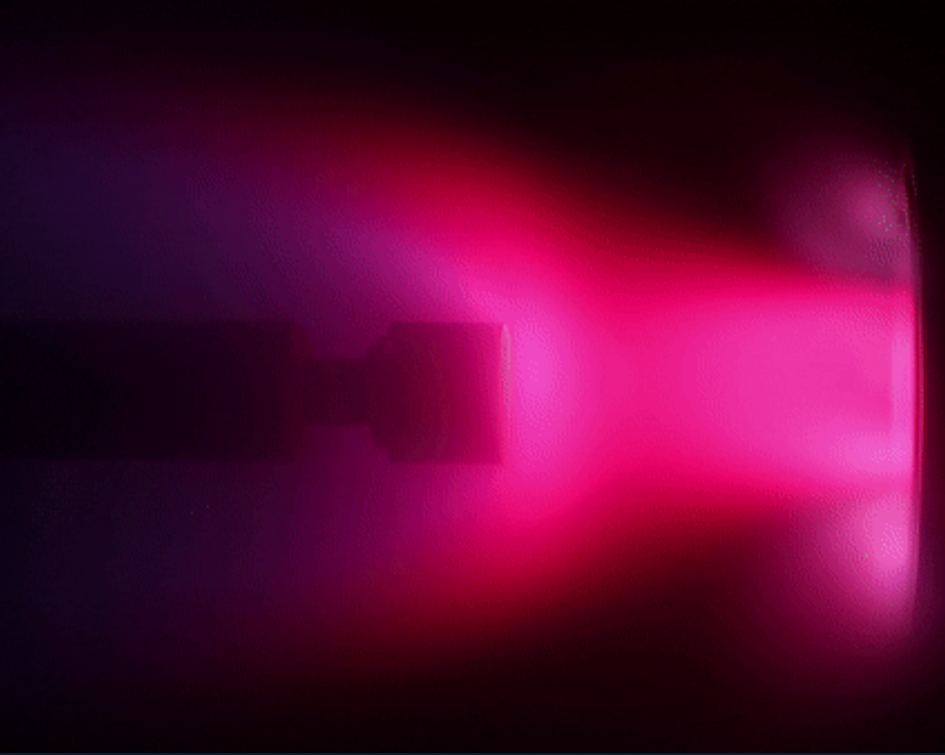
Our Solar System’s ice giants, Uranus and Neptune, have been largely left out of the planetary probe game. While all of the other planets—including even the demoted Pluto—have been the subjects of dedicated missions, the ice giants have not. In fact, the only spacecraft to ever even fly by Uranus and Neptune was Voyager 2 in the late 1980s.
Continue reading “Take a Plunge Into the Ice Giants”JWST Follows Neon Signs Toward New Thinking on Planet Formation
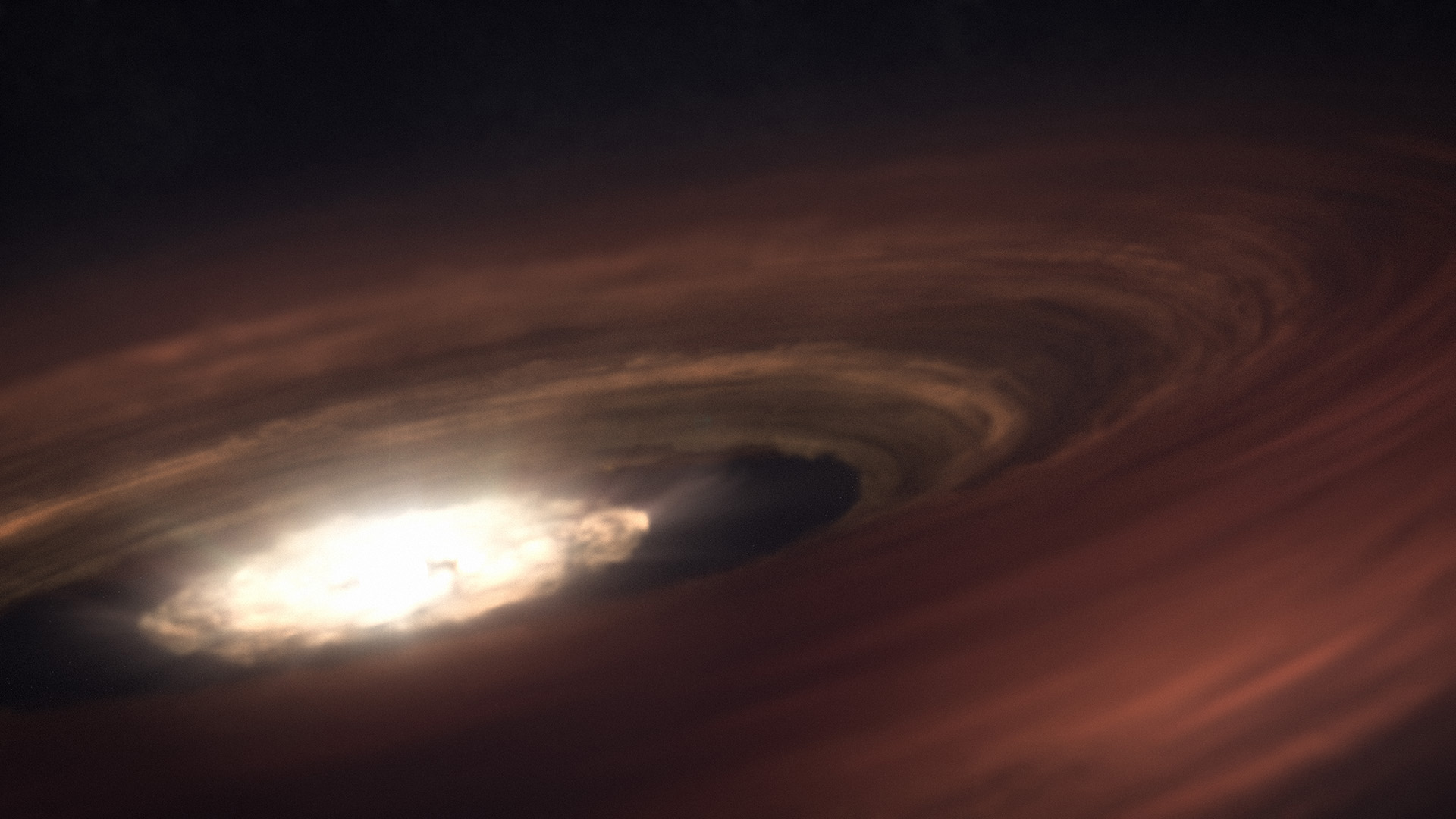
Everyone knows that the James Webb Space Telescope is a ground-breaking infrared space telescope that’s helping us better understand the cosmos. The JWST’s discerning infrared eyes are deepening our understanding of everything from exoplanets to primitive galaxies to the birth of stars.
But it’s not the first ground-breaking infrared space telescope we’ve launched. There was IRAS, then ISO, then the Spitzer Space Telescope. The Spitzer is the JWST’s most recent infrared predecessor, and the JWST is observing one of the same targets that the Spitzer did, taking note of some puzzling changes.
Continue reading “JWST Follows Neon Signs Toward New Thinking on Planet Formation”The Echoes From Inflation Could Still Be Shaking the Cosmos Today
In the very early universe, physics was weird. A process known as “inflation,” where best we understand the universe went from a single infinitesimal point to everything we see today, was one such instance of that weird physics. Now, scientists from the Chinese Academy of Science have sifted through 15 years of pulsar timing data in order to put some constraints on what that physics looks like.
Continue reading “The Echoes From Inflation Could Still Be Shaking the Cosmos Today”
